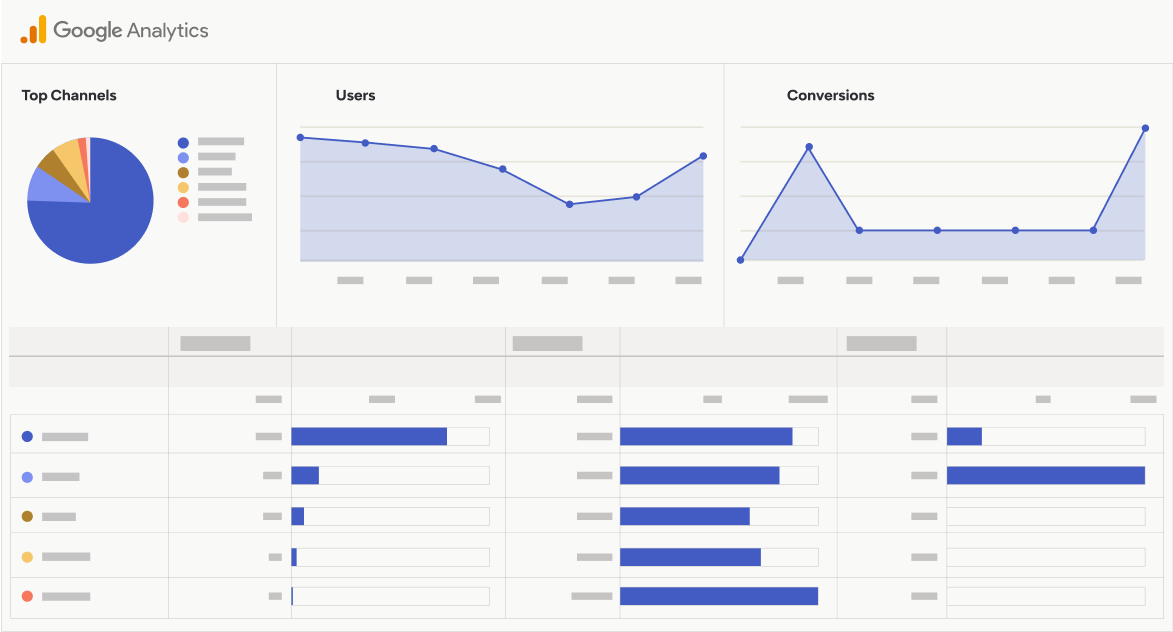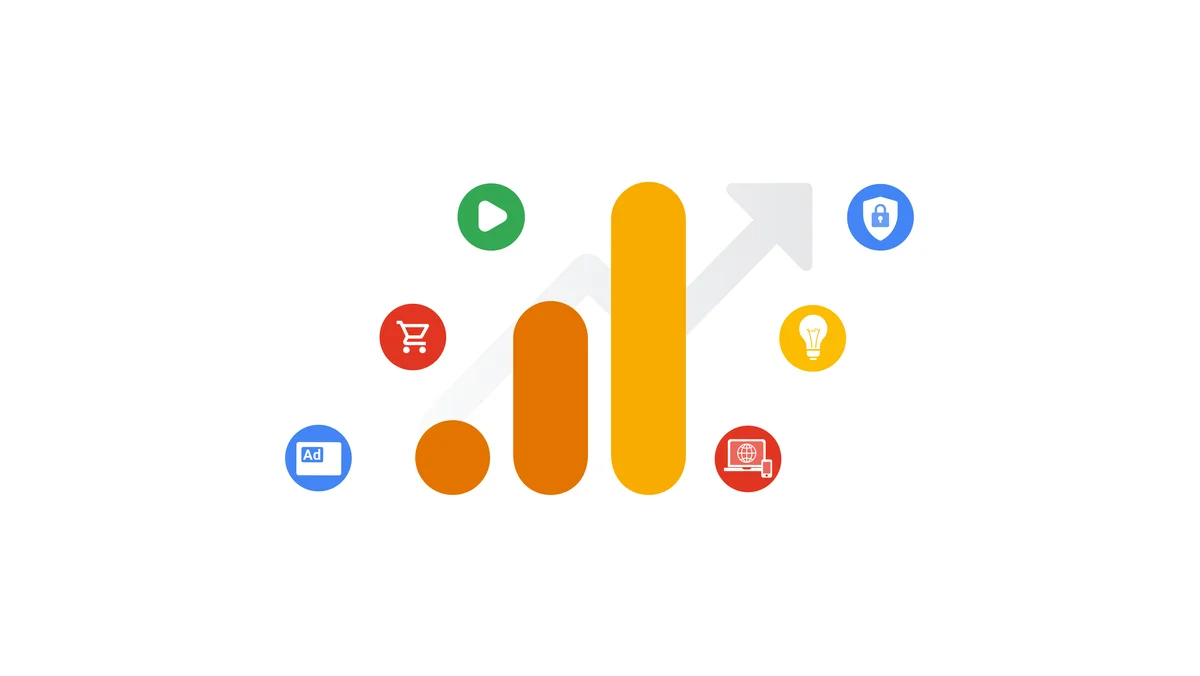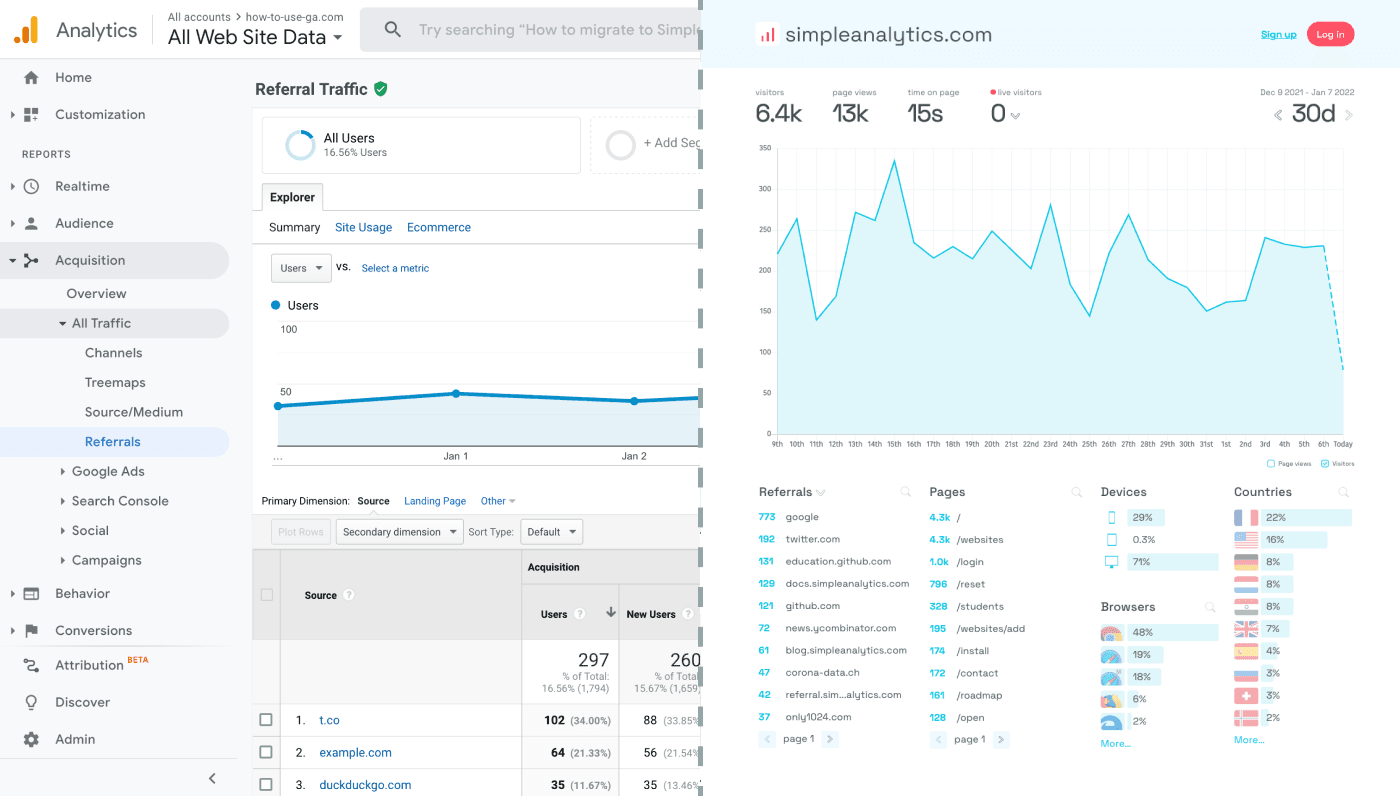Master Internet Site Insights With Accurate Google Analytics Tracking Code
The effective utilization of Google Analytics pivots on the accurate implementation of its monitoring code, a fundamental action typically neglected by internet site owners. What are the usual risks that could undermine your monitoring efforts, and just how can you guarantee precision in your method?
Understanding Google Analytics Fundamentals
Google Analytics is a vital device for site proprietors and marketing professionals, offering very useful insights right into customer behavior and website efficiency. At its core, Google Analytics accumulates data regarding site visitors to a site, permitting users to examine metrics such as website traffic sources, user engagement, and conversion prices. Comprehending these basics is essential for maximizing a website's performance and enhancing individual experience.
The system employs cookies to track interactions, taping information such as web page sights, session periods, and bounce rates. This information is aggregated and provided with personalized control panels, making it possible for users to envision trends gradually. Trick efficiency indications (KPIs) can be monitored, such as the total number of users, new versus returning visitors, and the geographic distribution of the audience.
Moreover, Google Analytics offers segmentation features, allowing users to isolate specific traffic sources or user demographics for even more targeted analysis. By mastering these foundational elements, website proprietors can make enlightened choices regarding material technique, advertising campaigns, and overall website improvements. Inevitably, understanding Google Analytics basics is crucial for leveraging data to drive growth and accomplish service goals efficiently.
Establishing Your Monitoring Code

Duplicate the offered tracking code and paste it right into the HTML of your internet site. This guarantees that the tracking code loads prior to any other web content, enabling it to capture information precisely.
After installation, validate that the tracking code is functioning correctly by making use of Google Tag Assistant or the Real-Time records in Google Analytics - when does the google analytics tracking code send an event hit to analytics?. This action is vital to verify that your information collection is exact and active, establishing the structure for insightful evaluation
Common Monitoring Code Issues
Many web site proprietors run into common problems with their Google Analytics tracking code that can impede information collection and analysis. One common issue is improper setup. This might happen when the tracking code is positioned in the wrong section of the internet site's HTML, often resulting in absent or insufficient data. In addition, having multiple instances of the monitoring code on a solitary web page can result in filled with air metrics, as individual communications might be counted greater than when.
One more concern emerges from the use of ad blockers, which can stop the monitoring code from implementing altogether, therefore skewing data. when does the google analytics tracking code send an event hit to analytics?. In addition, failure find more to configure filters properly can cause the exemption of vital website traffic resources or the inclusion of unwanted referral spam, distorting the data collected
Site proprietors might additionally forget the relevance of monitoring code updates, especially when moving to Google Analytics 4 (GA4) from Universal Analytics. Last but not least, insufficient screening prior to introducing modifications can result in undiscovered errors in the tracking code, further making complex information dependability. Dealing with these common issues is crucial for ensuring exact tracking and insightful analytics.
Studying Web Site Data Effectively
Exact information collection is only the very first step in leveraging Google Analytics; the genuine value depends on successfully evaluating that investigate this site data to drive enlightened decision-making. To accomplish this, it is important to determine vital efficiency indicators (KPIs) that straighten with your service goals. Concentrate on metrics such as conversion rates, user involvement, and web traffic resources, as these will provide understandings into individual behavior and the More Bonuses general effectiveness of your web site.
Utilizing Google Analytics' division features enables for a much deeper understanding of your audience. By damaging down information into certain demographics, behaviors, and web traffic networks, you can uncover fads and patterns that inform targeted methods. Implementing custom-made reports and dashboards can simplify this process, allowing fast accessibility to pertinent information.
Furthermore, regularly examining information trends gradually aids to identify abnormalities and chances for renovation. Utilize visualization tools to existing information in a conveniently digestible format, assisting in more efficient interaction with stakeholders. Inevitably, the capacity to analyze site data successfully equips companies to make calculated choices that boost user experience, optimize marketing efforts, and drive growth.

Ideal Practices for Accurate Monitoring
Executing effective monitoring practices is critical for acquiring dependable information in Google Analytics. To guarantee exact tracking, start by properly installing the Google Analytics tracking code on every page of your internet site. This can be achieved through a tag supervisor or by directly installing the code right into the HTML.
Following, configure your Google Analytics account to exclude interior website traffic. This can be done by establishing filters that determine and remove brows through from your organization's IP address, thereby preventing manipulated information. Additionally, utilize event monitoring to monitor particular individual communications, such as downloads or video clip plays, which basic page views might forget.
Routinely investigate your monitoring arrangement to validate that all attributes, such as goals and ecommerce tracking, are functioning correctly. Establish a constant identifying convention for your projects and events to assist in less complicated coverage and evaluation.
Last but not least, take into consideration leveraging UTM criteria for projects to obtain understandings right into the efficiency of various advertising initiatives. By complying with these finest methods, you can improve the accuracy of your data collection and evaluation, inevitably bring about even more educated decision-making for your web site.
Final Thought
By making sure the tracking code is appropriately put and on a regular basis audited, web site owners can catch vital customer interaction information, thus facilitating the recognition of key efficiency indicators. Eventually, a durable tracking structure improves the capacity to drive interaction and boost general internet site performance.

Inadequate testing prior to releasing changes can result in unnoticed errors in the tracking code, better making complex data dependability.Carrying out effective monitoring techniques is vital for acquiring trustworthy data in Google Analytics. By ensuring the monitoring code is properly positioned and regularly examined, site proprietors can catch important customer interaction information, therefore facilitating the identification of key efficiency indicators.